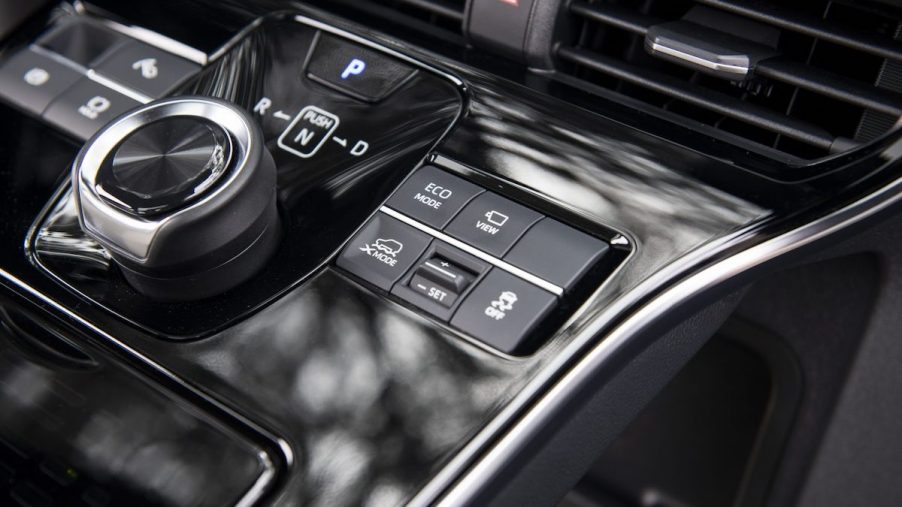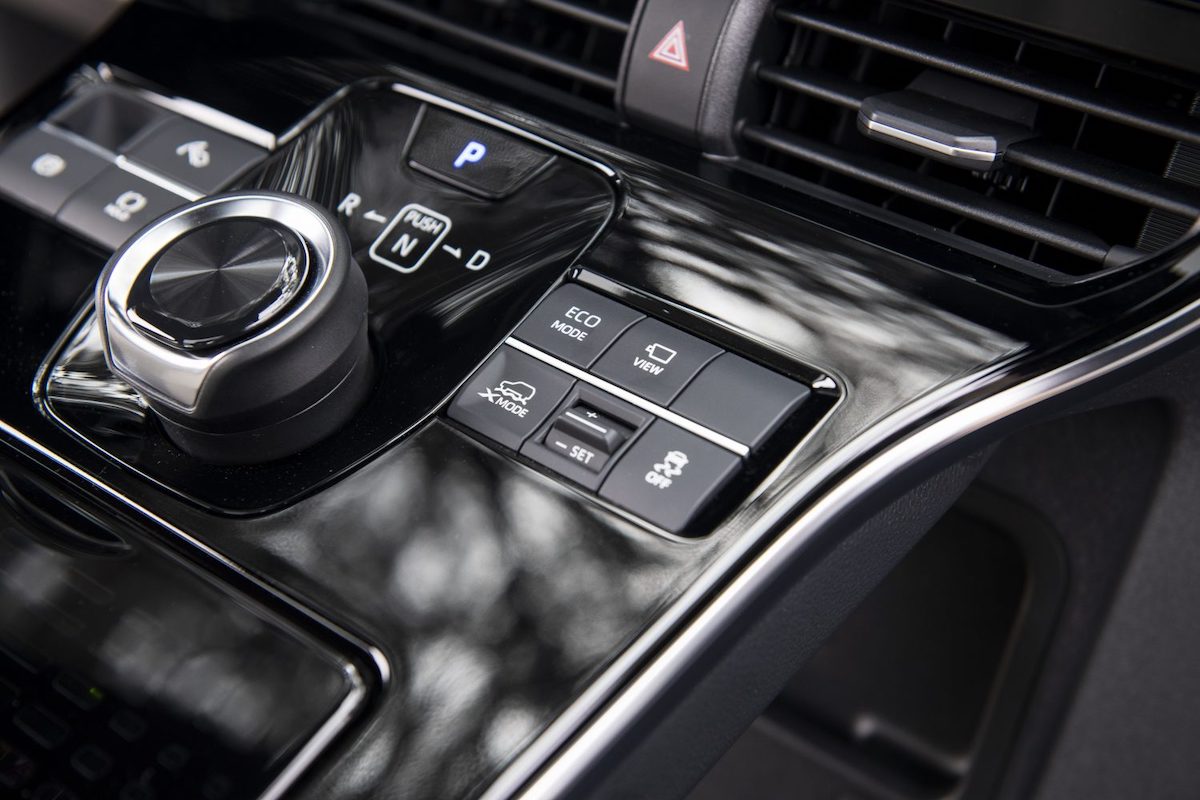
What Is Drive-by-Wire?
Whoever said building cars was easy is either brilliant or isn’t keeping up with the latest technological advances. From self-driving vehicles to smart systems that can detect when a driver isn’t looking at the road, it’s beginning to feel like the Jetsons weren’t so far ahead of their time after all. Drive-by-wire technology seems to be the latest trend in cars, with many automakers beginning to incorporate it into their vehicles. But what is drive-by-wire, and how much do you need to know to use it?
What is drive-by-wire?

Believe it or not, drive-by-wire technology isn’t new. It’s been around for a while, but it’s recently attracting more attention.
“Drive-by-wire is a catch-all term that refers to a number of electronic systems that either augment or replace traditional mechanical controls,” Lifewire explains. “Instead of using cables or hydraulic pressure to control a vehicle, drive-by-wire technology uses electronic systems to activate brakes, control steering, and fuel the engine.”
In other words, a lot of the physical nuts and bolts are being replaced with wires to relay information such as braking and steering inputs. Drive-by-wire eliminates many of the physical connections we’ve grown accustomed to over the years.
Drive-by-wire includes 3 main subsystems: electronic throttle control, brake-by-wire, and steer-by-wire
Because drive-by-wire is a broad term, it helps to understand it by looking at its subsystems. The three major subcategories are electronic throttle control, brake-by-wire, and steer-by-wire.
Electronic throttle control
Traditional throttle controls involve a combination of a mechanical cable connected to the throttle and the gas pedal. Though this system has worked extremely well, electronic throttle control differs in that the gas pedal sends an electric signal that opens the throttle.
Brake-by-wire
Another drive-by-wire subsystem is brake-by-wire. With a traditional system, you press the brake pedal, which activates a master cylinder, which places pressure on the brake lines, which activates the brake calipers.
Brake-by-wire simplifies the process by using sensors to relay the information needed to stop the vehicle. There are two types: electro-hydraulic and electromechanical.
Steer-by-wire
Finally, the third drive-by-wire subsystem is steer-by-wire. Rack-and-pinion steering is no longer necessary because the wires transmit the directions to the wheels.
Which automakers are switching to this driving technology?
Because drive-by-wire is complex, some observers are concerned that the technology will greatly increase the price of cars, especially repairs. There are also safety concerns, according to Lifewire. However, the technology is also paving the way for a new generation of cars, so many automakers are eager to switch to drive-by-wire. It might even pave the way for fully autonomous vehicles.
That being said, it should come as no surprise that Tesla is one of the leading automakers to embrace this technology. Other carmakers implementing drive-by-wire systems are General Motors, Mazda, and Mercedes-Benz. And Toyota recently equipped its new EV, the bZ4X, with steer-by-wire. Drive-by-wire is also used in heavy equipment such as forklifts and tractors.
Much of that probably won’t matter to the average driver until it’s time to get the vehicle repaired. But your mechanic will likely be familiar with drive-by-wire systems, so all you’ll need to focus on is paying the bill.
It’s important to note that drive-by-wire isn’t fully featured in any mass-produced vehicle yet. But if Tesla has its way, it’s only a matter of time.


